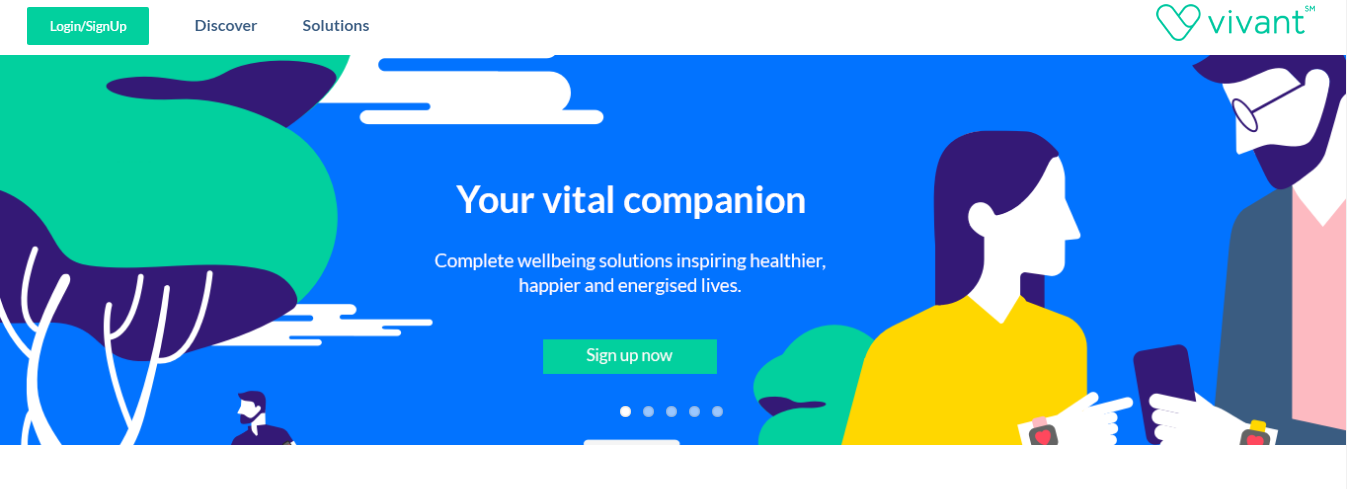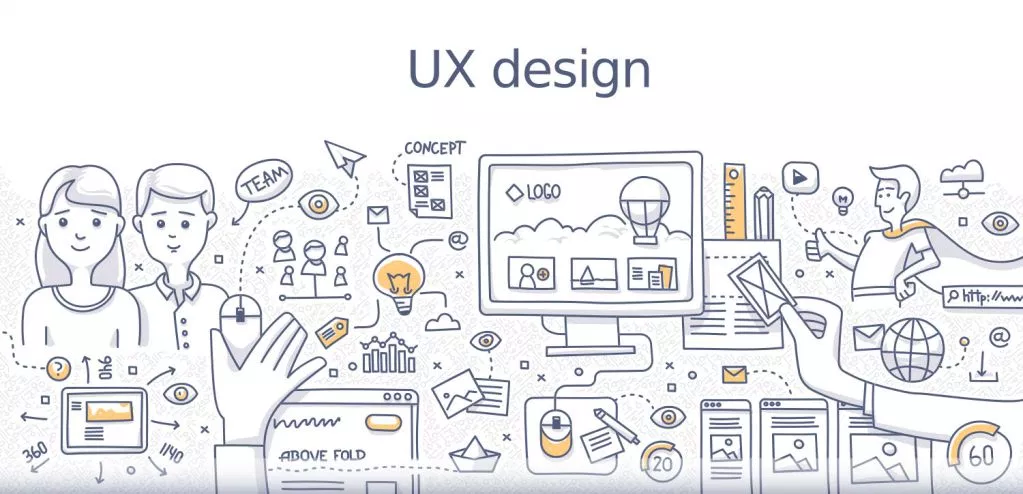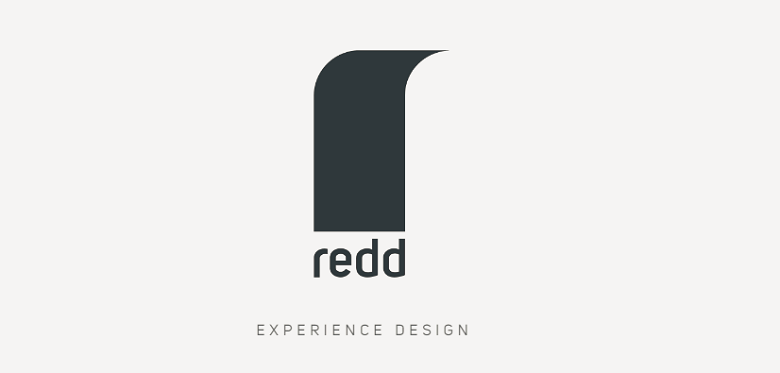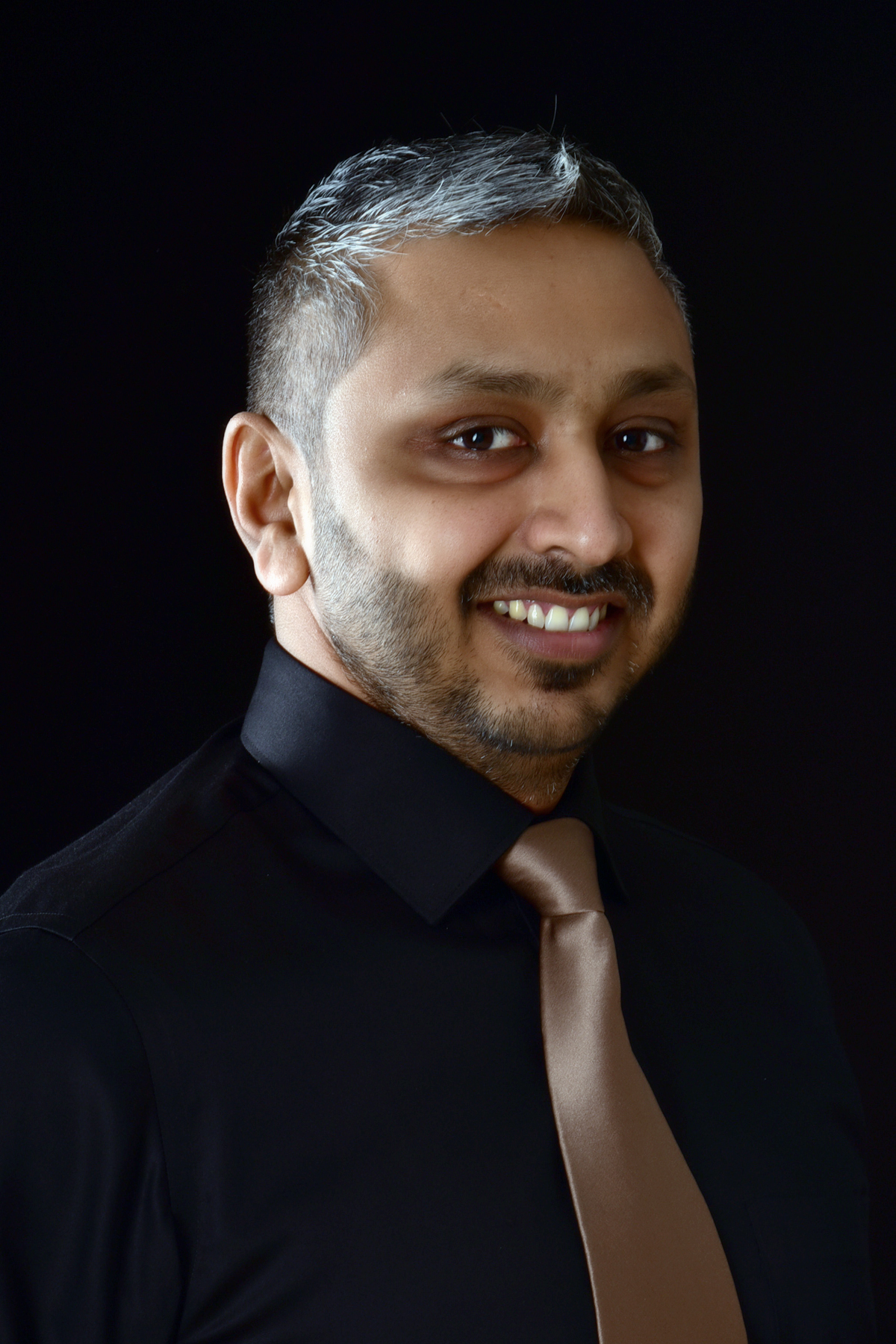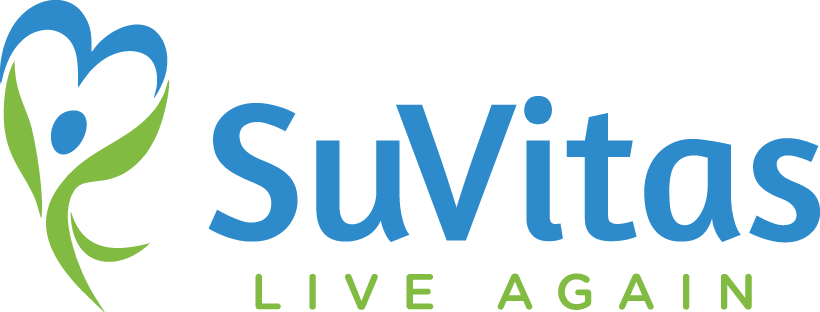There is a famous quote – ‘Risk & Rewards are two sides of the same coin’ and the same is applicable for monetary investments. However, the investment portfolio would differ from person to person since it is dependent on many factors like risk appetite, assets, liabilities, dependencies, etc. and hence, it becomes virtually impossible for any investment firm to cater to varied investment requirements of such a large audience.
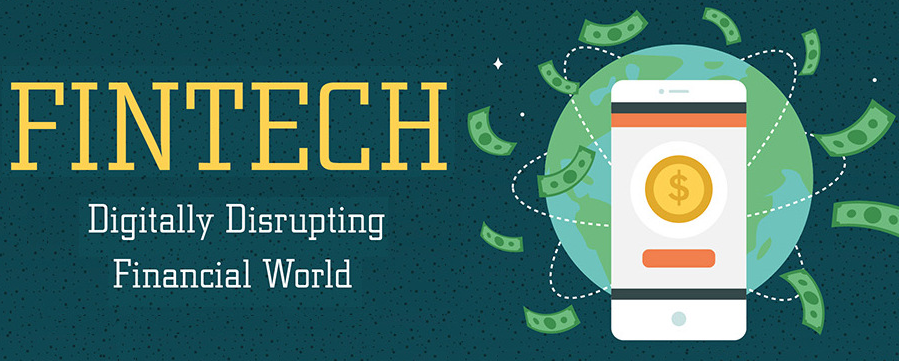
There is a wrong notion that investing in Mutual Funds or SIP’s is similar & equally risky as investing in the stock market. Due to this, less than 1.5% of the Indian population invested in equity markets and only 2% of India’s household savings were exposed to equity [as per a report from Bloomberg]. However, times are changing and more & more people are willing to invest in SIP’s for long-term benefits, given that they get proper guidance.
This is the problem that many new-age Fintech companies are trying to solve using Machine Learning, Artificial Intelligence, etc. by giving investors more personalized tailor-made portfolio suggestions based on their persona, long-term & short-term goals, etc. As it is said, you learn from your own mistakes and the 2008 market crash resulted in an Aha moment for entrepreneur Arjun Sarkar. Though he lost a significant amount of money in the crash due to misguidance, he soon realized that it was a ‘larger’ problem that required to be solved. Arjun Sarkar, along with Anup Abhonkar co-founded Everguard Life Ventures Pvt. Ltd. and came up with their first product named SIPtm with the aim to make equity investing simpler by taking investor’s persona and various other data points into consideration. In this episode, we have a chat with Arjun Sarkar, Founder & CEO of the Pune-based startup. The Q&A revolves around the core product SIPtm, fintech, persona-based investing & more. Let’s get started with the Q&A…
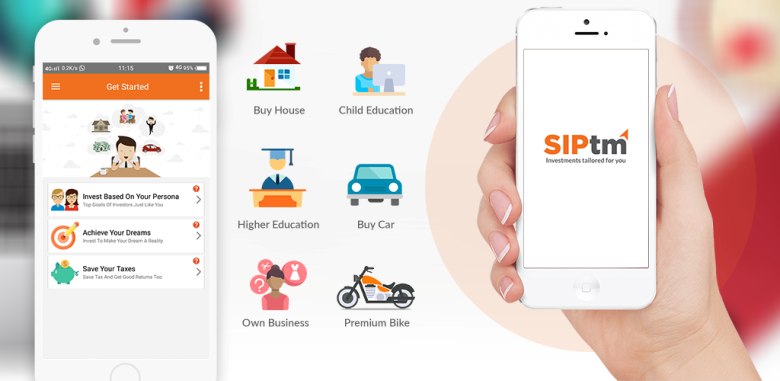
Note – ‘I’ in the interview refers to Arjun Sarkar.
Can you walk us through the idea of SIPtm and the team behind the same ?
Idea of SIPtm came to solve the problem of investing for retail investors i.e. answering the questions – Where to invest?, When to invest?, and How much to invest? Because the investor does not know what to do, they invariably go for the default option i.e. trust their friendly neighbourhood bank which is the worst decision they can make. Personally I lost a significant portion of my net-worth in the 2008 crash because I was misled by my relationship manager and invested in the wrong product, that’s when I started taking this subject seriously.
The team comprises of myself – Arjun Sarkar, CEO & Founder of Everguard Life Ventures Pvt. Ltd., the parent company behind the development of SIPtm. I have an MBA from University of Toronto. I have personally managed money for CXO’s and NRI’s in tens of crores for close to a decade and 80% of my personal wealth is invested in mutual funds.
Anup Abhonkar, CTO & Co-Founder has over 18 years of IT experience across domains like Banking, Insurance and Securities. He has worked for leaders in the industry like, Accenture, Barclays and Wipro delivering business critical solutions for Fortune 500 organizations like Aviva and Charles Schwab.
Both of us are passionate about our field. Ask our wives and you will find that we spend most of our time talking about the subject.
What does ‘tm’ stand for in SIPtm ?
TM stands for Through Mobile.
What are some of the data points that you take while recommending a particular SIP or Investment to a particular customer ?
We follow a thorough process backed by research, where we consider multiple quantitative and qualitative factors across domains like Economics [Macros and Micros] and Market and also take customer specific inputs like time-horizon and quantum of investment before suggesting a fund. Research further shows that some categories of funds are better suited for SIP mode of investments so we take that in to consideration as well.
In other words, it is not a cookie cutter approach of following ratings of funds or just looking at the past performance of funds. We are talking investments here, not buying e-commerce products where customer can buy just based on reviews and ratings, they may do well in the short term but will not able to sustain it for a meaningful period of time.
Please talk about ‘Persona Based Investing’ and how can millennials use a platform like SIPtm to plan their investments and maximize their savings ?
‘Persona based investing’ is a concept which maps life stage of investors to priority goals which then helps to filter the optimal investment mix for them. SIPtm is a great product for millennials as it is prescriptive in nature i.e. it is like a doctor listing out the medicine and the dosage which makes decision making very simple. More importantly, the dosage or SIP amounts are in the range of typical monthly savings which can be channelized in a disciplined manner thereby earning much higher returns than other traditional saving products like recurring deposits or insurance products.
Which is the target market segment of SIPtm and can you share some details about the customer demographics of SIPtm ?
Target market segment of SIPtm is people with regular income as SIP mode of investing is a good fit for them.
There are lot of Fintech companies like Scripbox, Sqrrl, etc. that are into goal-based investments, what are the USP’s of SIPtm over their competitors ?
SIPtm is a vehicle to achieve goals but takes a different route than its competitors to reach the goal faster, more predictably and with less volatility. The USP is in the name itself, the app is built ground up for SIP investments only i.e. no lump sum investments which makes the journey less bumpy and more predictable.
The other differentiator is that SIPtm offers a complete solution, right from prescribing the monthly SIP amount, to selection of funds, to distribution of monthly amount between the funds. More importantly, it re-balances the portfolio at appropriate times during the journey i.e. It does not take the fill it, shut and forget it approach.
We are a fintech company i.e. a financial services company that leverages technology to make life easier for our customers. Not the other way round i.e. a technology company that has built a financial app? The nuance is very important as you are suggesting an investment solution not a consumer commodity like laptops and mobile phones where ratings work.
As per a report, there is very small percentage of investors/would be investors who plan to invest in the Equity market [or MF], how does SIPtm plan to change this ‘resistant’ behavior from investors ?
Resistant behaviour is because of fear of loss – The answer is SIP mode of investing as SIPs manage volatility better and as a result, give higher returns at lower risks. Also, SIP amounts are small, so you are not putting a lot of money at risk at any point in time. In case of SIPtm there is another level of assurance, as the suggestions are coming from experts based on 5000+ hours of research. There is also a visible change in the behaviour in the recent times, as per latest figures, India is raking in over a billion dollars in SIPs per month now.
What is the Total Addressable Market [TAM] that you are trying to address with SIPtm?
20 Million SIPs with average investment of Rs 5000 per month
How is the response from the early adopters of SIPtm and what are some the best features that are liked by the community ?
The response from early adopters is great with SIP values ranging from Rs. 5000 right up to Rs. 20,000 per month. The best feature liked by the community is the prescriptive investment suggestion and the overall simplicity of the investment experience.
Currently how many AMC’s are syndicated on the SIPtm platform and how frequently the data is updated on the app ?
This is one more differentiator for us, we have shortlisted only the top 5 AMCs of the country based on some key criterion’s, one of them being the staying power and that is a conscious decision. We may add a couple more in the near future if they pass the criterion’s that we have laid out.
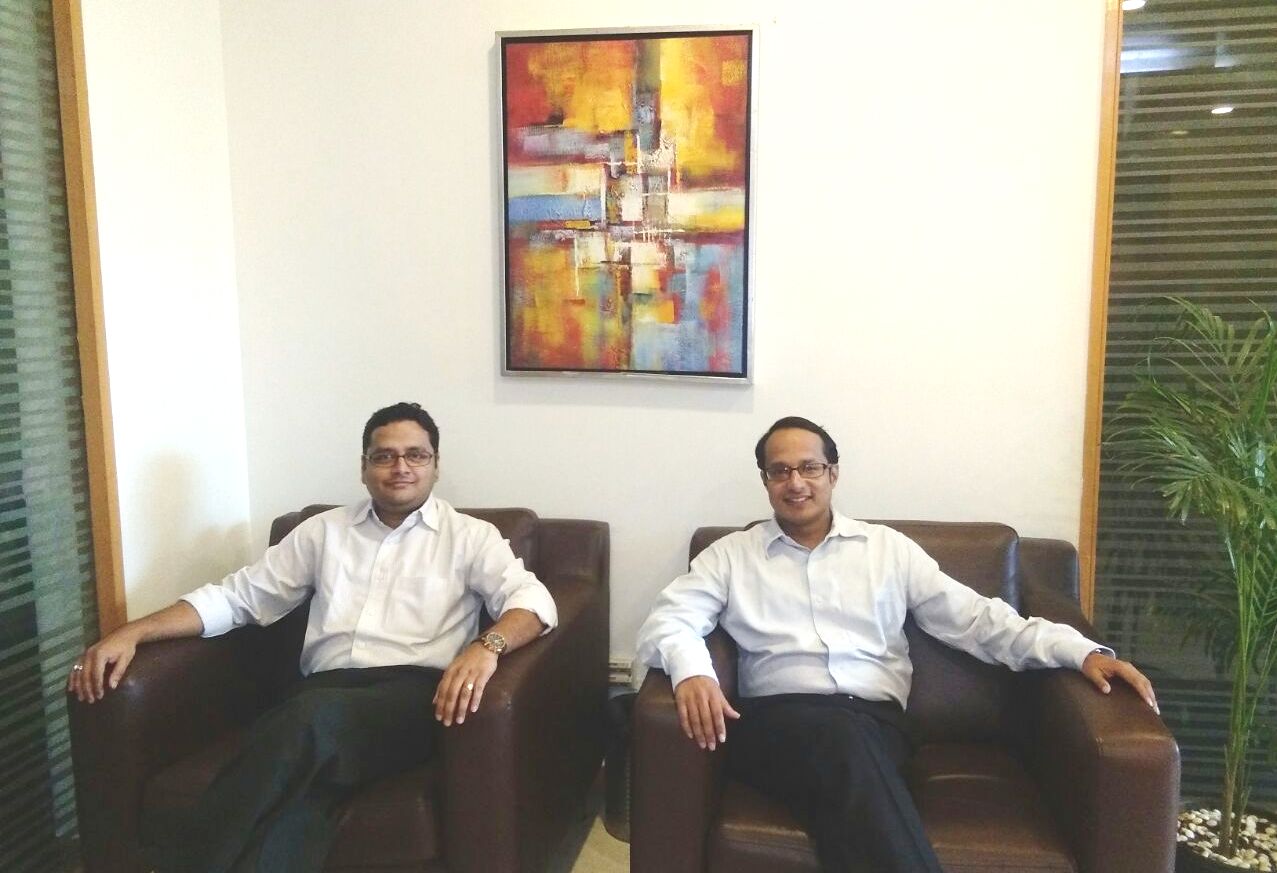
Once the user has created an account on SIPtm [and all his investments from various AMCs are under one window], what other services does your team provide to the investors so that they can get more returns from their investments ?
The most relevant and important service provided is the rebalancing of the portfolio and timely interventions to ensure that the customer goal is achieved in time.
Can you give a small glimpse about the tech behind SIPtm ?
SIPtm App has a very simple process flow and UI only because, underneath lies a network of multiple systems, including the App back-end, payment gateway, our back-office tech and RTAs and these systems talking to each in a secure and efficient manner through APIs.
What is the on-boarding process for customers on SIPtm and how has initiatives like IndiaStack, Aadhaar, etc. helped Fintech companies like SIPtm in on-boarding & other services ?
The Customer on-boarding process is very simple and totally paperless. We take minimalistic information from the customer as a one time setup. We know paper work is boring, however this basic information is a part of the Regulatory requirements. After verifying the Customer information, we activate the customer. The customer then goes for the eMandate process. Here is where we use the Aadhaar based e-Sign process that is very simple and reduces the manual 15 days process to just 3 days. So yes, Aadhaar helping immensely in reducing the cycle time as well as going paperless.
SIPtm is currently limited to MF’s/SIP’s, are there any plans/timeline on whether it would be expanded to cover other financial instruments ?
Not in the immediate future as we want to focus all our energy in one area that we are really good at and an area that is under penetrated.
With growing investor and entrepreneur interest in Fintech, many wallet companies like Paytm via PaytmMoney, FreeCharge, MobiKwik, etc. have launched a boutique of finance products on their platform, does this growing competition have an impact on a startup like SIPtm and how it could result in expansion of the fintech ecosystem ?
We do not consider wallet companies as competitors as they do not have the expertise or experience in mutual fund investments. It is like going to a pharmacist who just stocks different products and asking them for a recommendation on medicines to treat a serious disease. But the fintech ecosystem can benefit if the wallet companies tie up with players like SIPtm as, as they can generate an incremental revenue stream and actually add real value to their users by helping them generate wealth vs earning cashbacks.
Does SIPtm charge any commission from the investment that is being done on the platform ?
Not directly from the customer but through the AMCs we have partnered with. That being said, we do not push mutual funds suggested by the asset management companies as a typical distributor does, just position funds shortlisted by our algorithm.
What is the revenue model of SIPtm and does it follow the Freemium model & do you plan to be a preferred investment partner for enterprise customers ?
As of today our revenue model is commissions. Yes, we plan to partner with enterprise customers in the future but the value proposition for them has to be worked upon.
There is a growing demand of products like SIPtm in Tier-2, Tier-3 cities [and beyond], what are some of the marketing initiatives that your team has taken in order to penetrate into that particular market ?
Yes, we are in talks with potential partners who have a strong existing network in the Tier-2 and Tier-3 cities.
SIPtm is backed by a very experienced founding team and there are very experienced domain-expert mentors behind SIPtm, how has the mentorship helped your team in building the ‘right set’ of features on SIPtm ?
The mentorship has helped us focus on the essentials and cut out the noise. Some of our key decisions on the product road-map have come through the regular calls we have with our advisors. The right set of features has come through a market research project we conducted for our target segment before developing SIPtm and we continue to collect feedback from our live customers.
Can you touch upon the funding of EverguardLife Ventures & are looking for institutional funding in the near future ?
Everguard is internally funded as of now, but we are looking for institutional funding this year for product development and marketing.
The app is currently present on Google Play Store, is there any timeline for the app to be released on the iOS platform ?
We are currently focussing on building traction and incorporating valuable feedback into the Android version. Work on the iOS version is underway and we shall release it shortly.
Do you plan to follow an app-only strategy or there is a plan to open-up a desktop version of the SIPtm platform [since it would definitely be useful for users who log-on the platform from their work location] ?
SIPtm is an app as mobile phones are the preferred mode for our target segment based on our customer research. That being said the algorithm that runs SIPtm is based on our earlier desktop platform called Finanswer which we plan to develop further for other target segments.
After demonetization, there has been a huge demand for payment apps [including UPI], wallet providers providing investment options like Digital Gold, etc. do you see that trend working in favor of apps like SIPtm [that makes an investor’s life smoother] ?
Absolutely, as users get more comfortable using and moving money through Apps it will help apps like SIPtm. We however, do not see payment apps as serious competitors because of the differentiators we touched upon earlier.
2017 was a tough year for startups [especially from funding point of view], how according to you should entrepreneurs deal with such adverse situations ?
Entrepreneurs should always be prepared and focus on their customers to earn revenue. Also, look out for investors who understand your domain well and who can help raise money when it is required, so that the team can focus on the product and business development.
SIPtm team is currently working out from a co-working space in Pune, what are some of the advantages for a startup/growth company while working out from a co-working space ?
You grow your network and get a chance to test your ideas quickly since the target segment is around you and more accessible.
There is lot of talk about implementation of Blockchain, AI, etc. in Finance & Fintech, what are your comments on the same and where do you see the tech moving ahead in the next 3~5 years ?
The ‘Blockchain’ and ‘AI’ landscape looks promising in delivering value to businesses and thereby increasing customer service levels which is very important in Finance. Organizations currently are trying to get a hang of it in multiple use cases and it will be a mainstay in the near future.
Some books that you highly recommend for entrepreneurs and some closing comments for our readers ?
The books I would recommend are E-Myth Revisited by Michael Gerber, Founder of Michael E Gerber Companies and Zero to One by Peter Thiel, Founder of PayPal
We work really hard all our lives to earn money but do make our money work hard for us, by the time we realize this, half our working life is over. I would advise your readers to start investing early as time in the market is the most important factor and it is totally under our control. Investing is a process, boring maybe, but definitely life changing if taken up seriously.
SIPtm for Android can be downloaded from here. We thank Arjun Sarkar for sharing his insights with our readers and walking us through his journey. If you have any questions for him, please share them via a comment to this article or email them to himanshu.sheth@gmail.com




